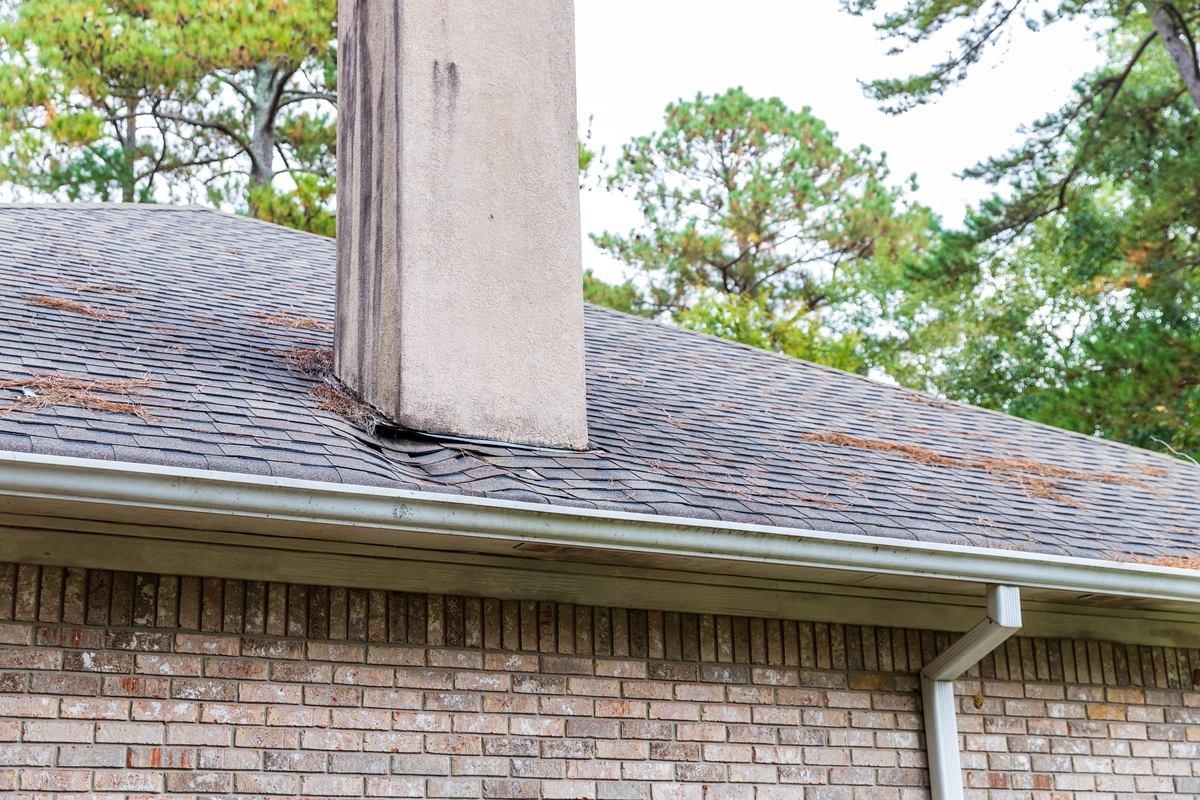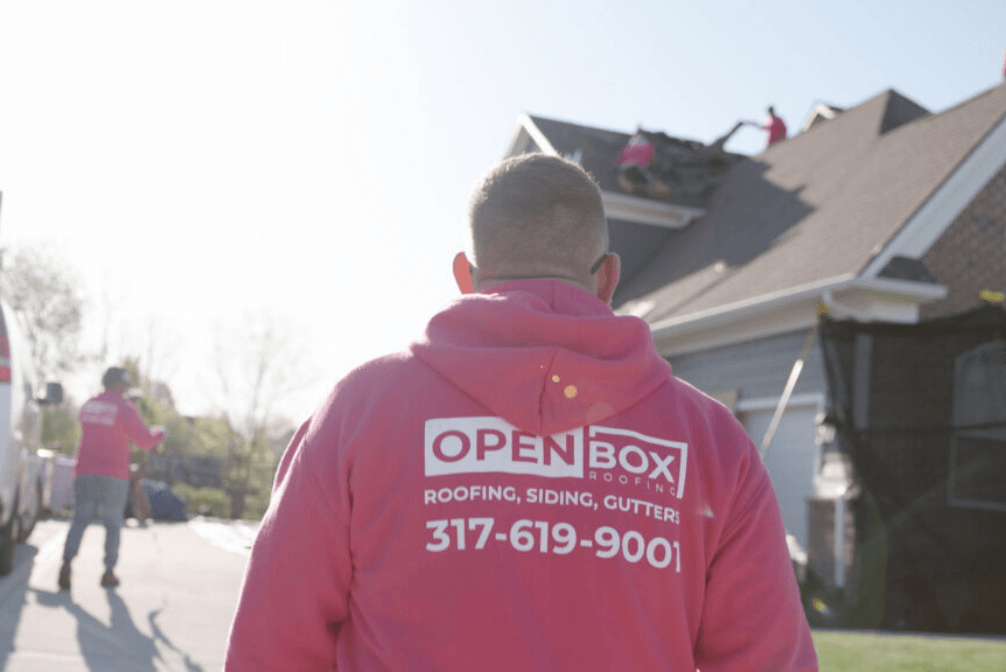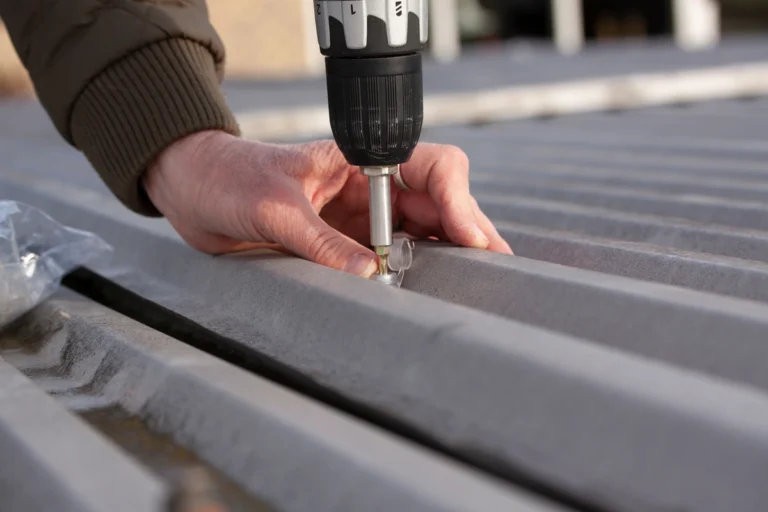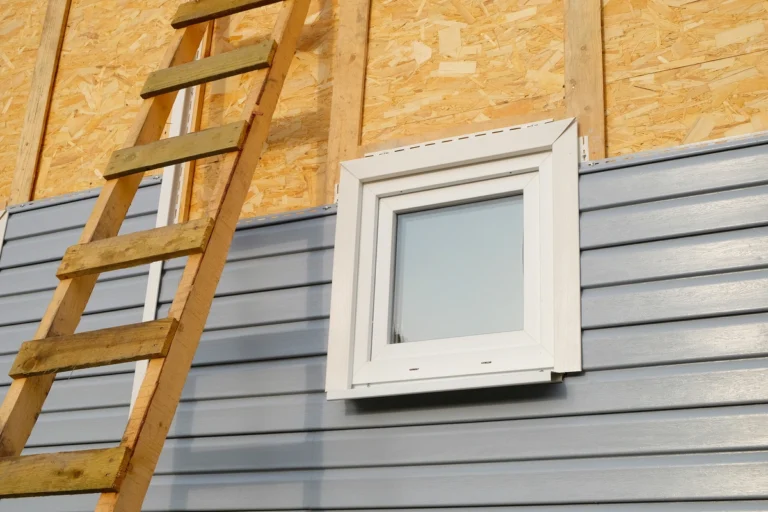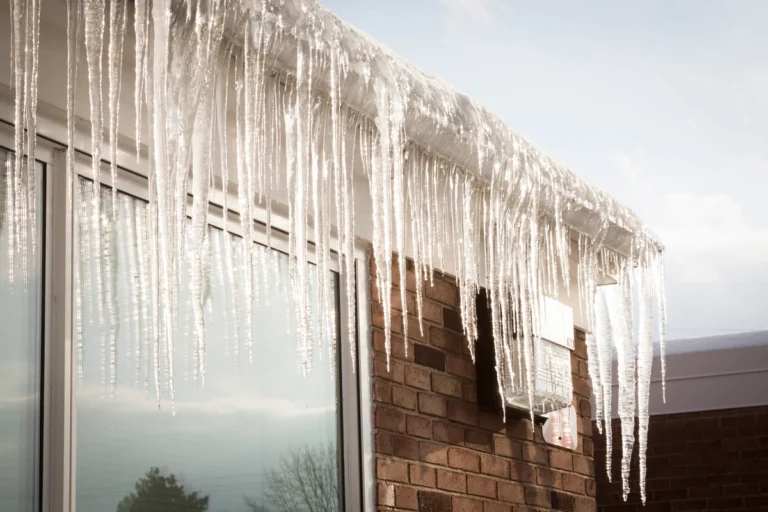Your home’s roof serves as the first line of defense against harsh weather conditions, and keeping it in top shape is crucial for safeguarding your property. With our sample roof inspection checklist designed for the handy homeowner, you can now be proactive about maintaining your roof regularly.
In this blog post, we’ll discuss the importance of timely inspections on your roof while providing an easy-to-follow guide covering the interior and exterior to keep your roofing system sound and secure. Of course, this also includes regular commercial building inspections.
Remember, before fixing damages or replacing your roof, an inspection will give you an accurate assessment of your roof’s needs.
To have your roof inspected by a professional, contact a roofing company for professional advice.
Why Regular Roof Inspections Are Important
Regular roof repairs are critical for detecting potential problems early, preventing costly repairs, and maintaining the value of your home.
Detecting Potential Problems Early
Detecting potential problems early is a crucial aspect of roof maintenance that every homeowner should prioritize. Regular inspections allow homeowners to identify issues such as water damage, cracks in roof shingles and tiles, and other signs pointing to long-term problems or structural weaknesses.
For example, detecting an issue with your gutter system before it causes severe water damage can save thousands of dollars in repair costs. Additionally, spotting any loose shingles or missing shingles can help prevent leaks during heavy storms and protect the interior of your home from extensive water damage.
Early detection also allows you to schedule cost-effective repairs when necessary – hiring a professional, reputable roofing contractor and inspection services before significant issues arise may be more affordable than waiting for critical failures.
Preventing Costly Repairs
Regular roof inspections play a crucial role in preventing costly repairs for homeowners. By proactively identifying potential issues with a new roof, such as damaged or missing shingles, cracks in the flashing, and clogged gutters, homeowners can address these problems before they escalate into more significant damage that requires expensive fixes.
For instance, if water can infiltrate your home due to unchecked roof leaks, it could lead to mold growth and structural damage, which will demand extensive repairs.
Roof maintenance helps preserve the integrity and lifespan of your roof and ensures your family’s safety by mitigating hazards such as falling debris or collapsed roofing materials.
Maintaining The Value Of Your Home
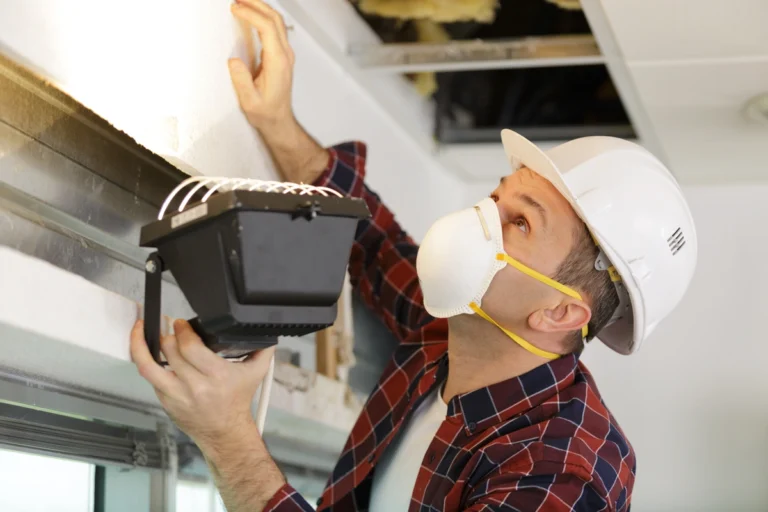
A critical factor in maintaining your home’s value is ensuring its structural components, such as the roof, are consistently cared for and kept in good condition.
A well-maintained roof enhances your home’s curb appeal and contributes significantly to preventing interior damage caused by water leaks or mold growth, which can negatively impact your property valuation.
For instance, a homeowner who regularly inspects their roofing system and promptly addresses minor issues is more likely to avoid costly repairs while preserving their home’s worth.
In contrast, a neglected roof may lead to extensive damages that require significant financial investments – expenses that could have been avoided with routine maintenance checks.
Furthermore, potential buyers often prioritize a home’s overall upkeep; therefore, exhibiting diligence about your pre-emptive roofing measures can make all the difference when it comes time to sell.
Sample Roof Inspection Checklist for Homeowners
The sample roof inspection checklist for homeowners includes a more thorough inspection, a comprehensive exterior inspection, a gutter inspection, and an interior inspection to help spot any potential issues with the roof.
Exterior Inspection
The exterior of your roof is the first line of defense against harsh weather conditions. Inspecting this part of the roof regularly ensures it’s in good condition and functioning as intended.
Inspect roof surfaces and look for signs of wear and tear, such as missing or broken shingles, cracks on the roof surface above, or rusted flashings that could cause leaks.
A proper inspection can help save you money by detecting minor issues early before they become more significant problems requiring costly repairs. For instance, catching minor water damage early can help prevent mold growth or rotting wood, which would require extensive repair work later on.
Gutter Inspection
Checking your gutters is a critical part of any roof inspection checklist. Gutters protect your home from water damage by channeling rainwater away from the foundation.
As part of your regular roof maintenance routine, checking for clogs or debris obstructing the drainage pipes or the gutter system is crucial. In addition, remove any leaves, branches, or other items accumulated in the gutters, which could cause blockages or overflows during heavy rainfall.
Regular cleaning of your gutters also helps prevent ice dam formation in winter months when snow and ice build-up on roofs are common problems that can lead to more significant issues if not addressed promptly and properly sealed.
Interior Inspection
One crucial aspect of a roof inspection is examining your home’s interior finishes, including ceilings and walls. This part of the roof leak inspection can help detect any water penetration or signs of frost build-up that might have gone unnoticed.
It’s also essential to check for structural distress caused by sagging or cracking in the roof corners and ceiling joints.
A homeowner should be aware that water damage inside the house could indicate more significant problems resulting from leaks outside the roof. In addition to standing water, different roofing materials require different maintenance methods, which depend on climate and location.
Ensuring that one’s residence meets building code standards is necessary too.
Pre-Inspection Preparation
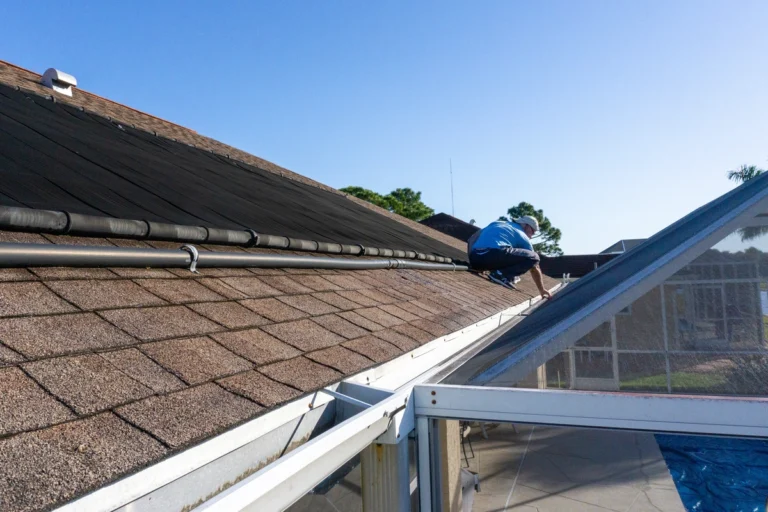
Before conducting a roof inspection, homeowners need to prepare adequately. This includes providing access to all relevant information, such as building plans and warranty documents.
Additionally, ensuring safe and easy access to the various roof surfaces for inspection is crucial.
Another vital aspect of pre-inspection preparation involves record-keeping. Keeping track of past inspections, test investigations, and roofing repairs and replacements helps provide an accurate history of the roof’s condition.
Regular inspections with proper pre-inspection preparation will help keep roofs in good condition while keeping repair costs low.
In conclusion, adequate pre-inspection preparation is essential before checking your roofing system and performing a detailed roof inspection.
Conclusion
Regular roof inspections are essential to maintaining your home’s value and preventing costly repairs. Following our sample roof inspection checklist, homeowners can identify potential problems early on and take appropriate action before they become more severe.
Safety should always be a top priority when performing roofing work, so use caution and seek a professional roofing contractor for help.
